© ROOT-NATION.com - Use of content is permitted with a backlink.
The AMD Ryzen 5 7600 processor is one of the two processors I’ve acquired over the past three years. The other one is the AMD A8-9600 from AliExpress, which I might discuss separately—and I don’t recommend it. This may sound strange, as I will spend a good portion of this review arguing that the Ryzen 5 7600 is on the brink of becoming outdated. Yet, I still recommend it.
Specifications
- Name: AMD Ryzen 5 7600
- Former code name: Raphael AM5
- Architecture: Zen 4
- Number of processor cores: 6
- Multithreading (SMT): Yes
- Number of threads: 12
- Maximum clock frequency: Up to 5.1 GHz
- Base clock frequency 3.8 GHz
- L1 cache: 384 KB
- L2 cache: 6 MB
- L3 cache: 32 MB
- TDP by default: 65 W
- Technology for manufacturing processor cores: TSMC 5nm FinFET
- Processor technology for I/O chips: TSMC 6nm FinFET
- Size of the processor computing matrix (CCD): 71 mm²
- Size of the input/output matrix (IOD): 122 mm²
- Unlocked for overclocking: Yes
- Supports AMD EXPO memory overclocking technology: Yes
- Support for APrecision Boost Overdrive overclocking: Yes
- Curve optimizer voltage offset: Yes
- AMD Ryzen Master support: Yes
- Processor socket: AM5
- Supported chipsets: A620, X670E, X670, B650E, B650
- A set of instructions: x86-64
- Supported instruction sets: AES, AMD-V, AVX, AVX2, AVX512, FMA3, MMX-plus, SHA, SSE, SSE2, SSE3, SSE4.1, SSE4.2, SSE4A, SSSE3, x86-64
- Cooler in the box: AMD Wraith Stealth
- Maximum operating temperature (Tjmax): 95°C
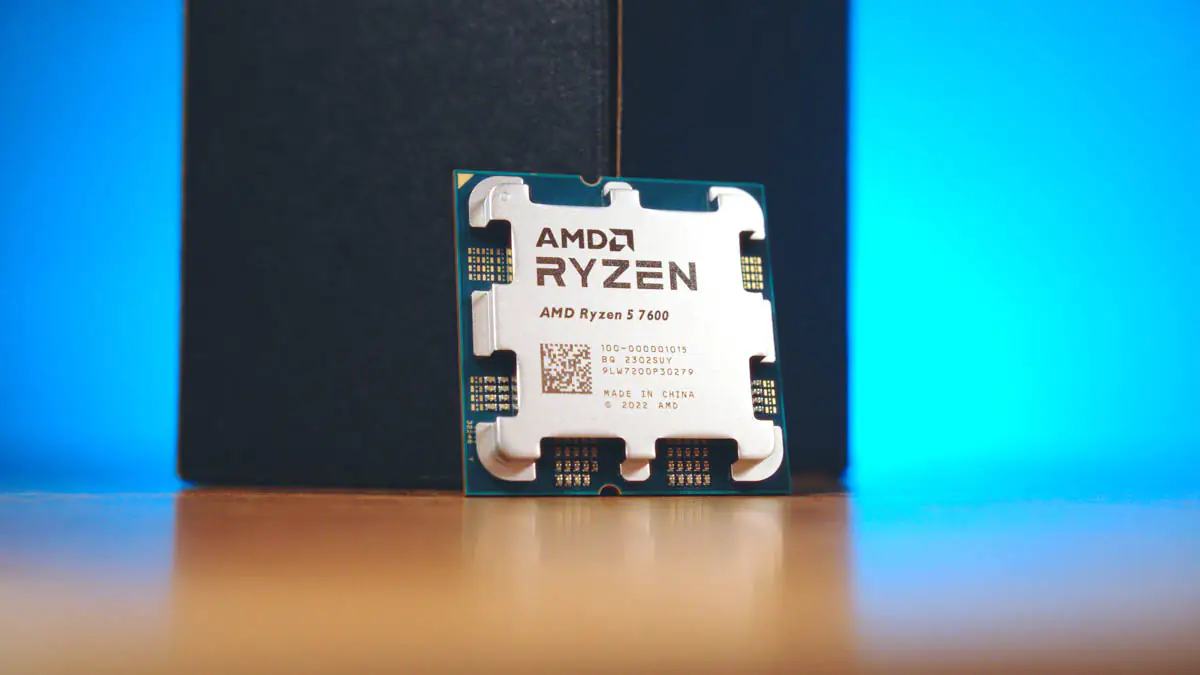
With a good cooler and auto-overclocking, the Ryzen 5 7600 performs similarly to the Ryzen 5 7600X, and there are plenty of reviews online for the 7600X. Moreover, AMD Ryzen 9000, specifically the Ryzen 5 9600X, is already available for purchase. However, even after its release, the 7600 will remain my recommendation for building a budget-friendly AM5 PC.
Video review of AMD Ryzen 5 7600

Technical specifications
On one hand, this is the most intriguing aspect because Zen 4, codenamed Raphael, represents a revolutionary advancement. For me, it’s as groundbreaking as the first Zen. It features a modular design with Core Complexes (CCX) and an Input/Output Die (IOD).
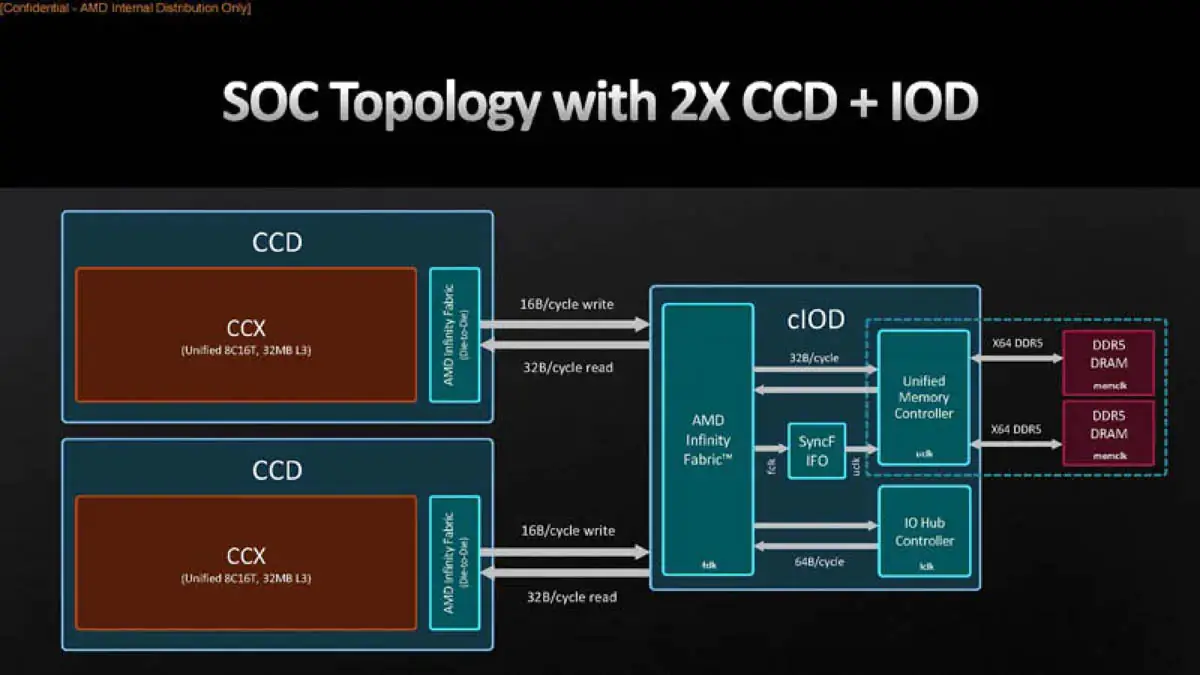
Previously, each CCX supported a maximum of four cores—now it can handle up to eight. The connections via Infinity Fabric extend not only between CCX units but also with the IOD.
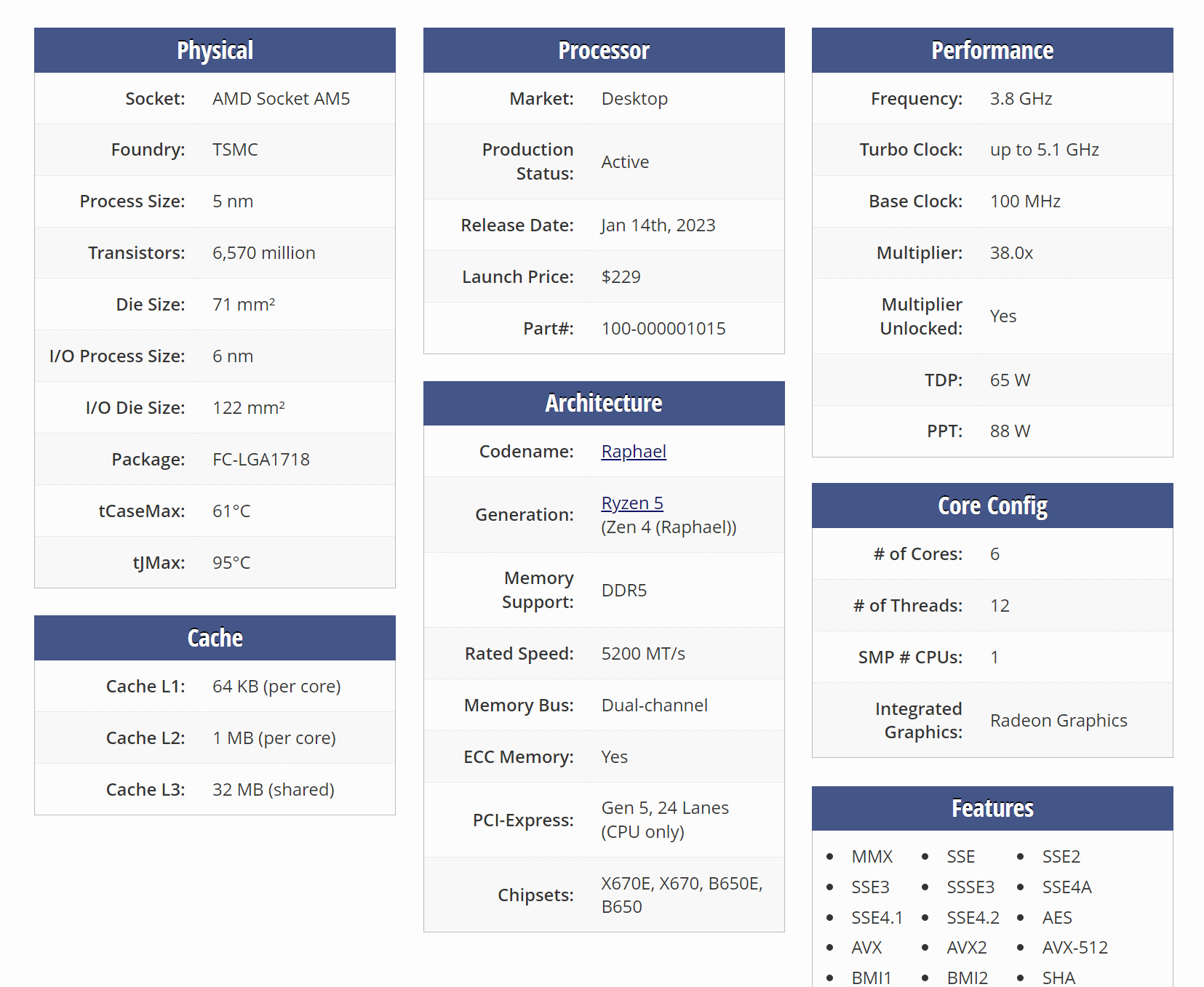
The revolutionary aspect of Zen 4 compared to Zen 3 lies not just in the raw specifications, although many numbers have indeed increased, and the cumulative effect is evident.
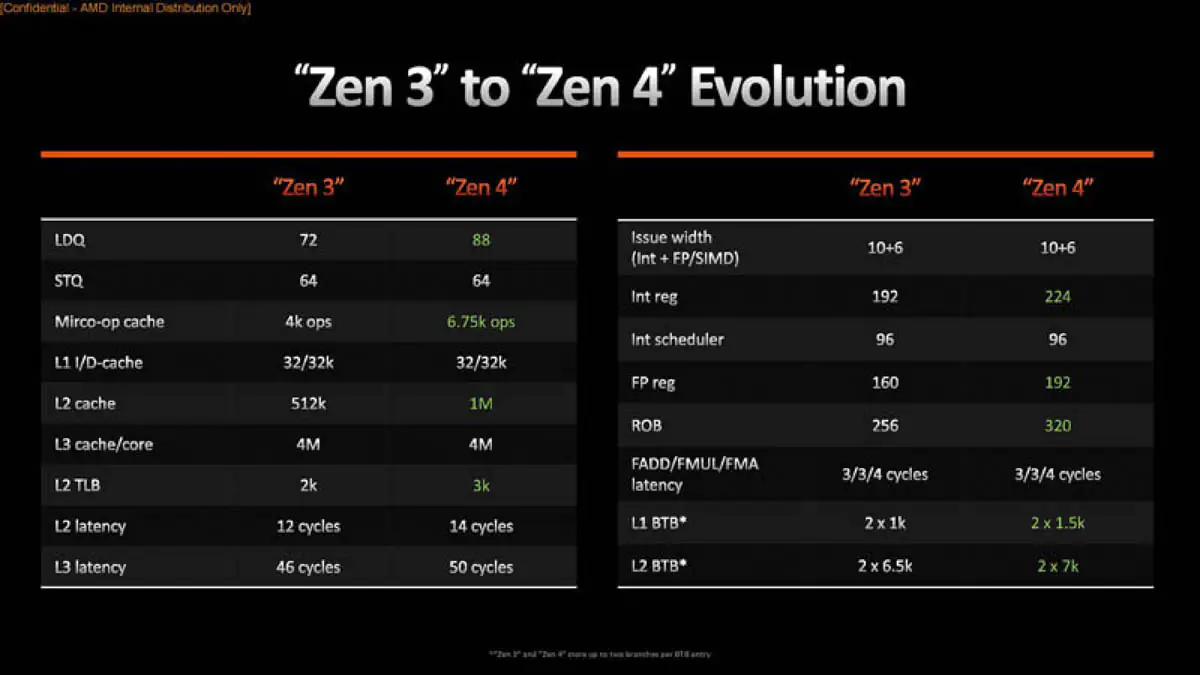
Whether at stock speeds or overclocked to match the 7600X level of 5.3 GHz across all cores, the AMD Ryzen 5 7600 consistently outperforms nearly all previous-generation AMD Ryzen processors in gaming. To be precise, it surpasses almost all, except for the X3D models, which remain the leaders.
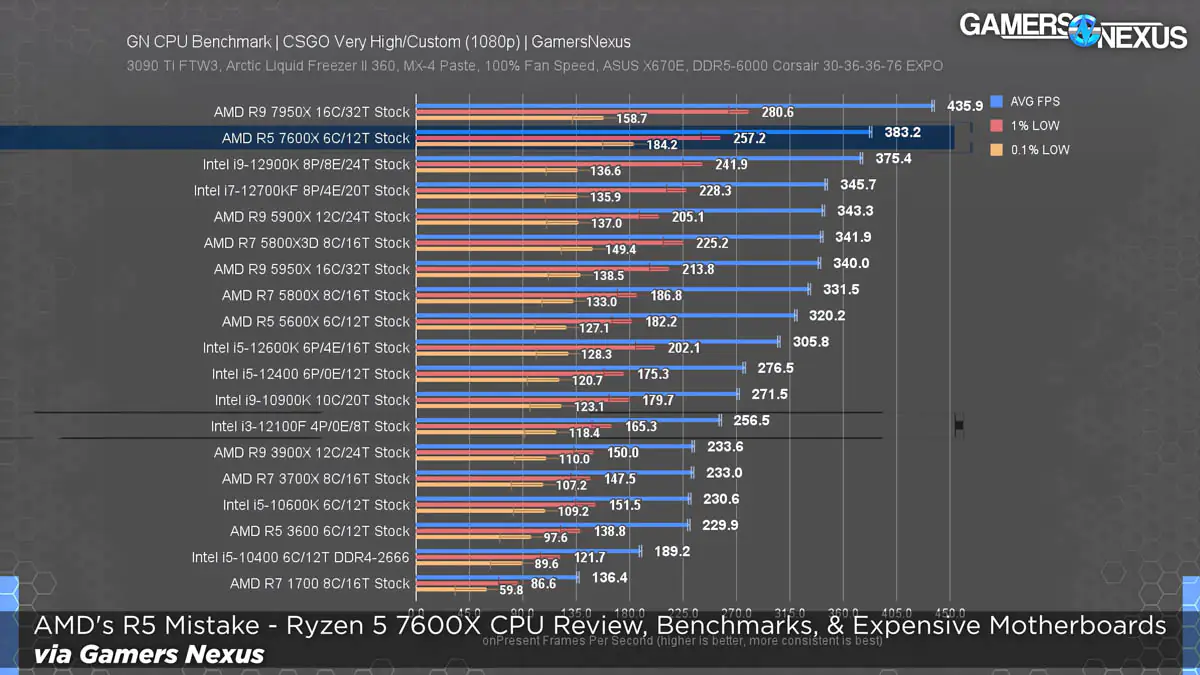
It’s important not to overlook the AM5 platform. I tested the processor on the ASUS ROG Strix B650E-E Gaming Wi-Fi because I needed PCIe 5 support for testing the latest components, and I really wanted the video card release button. Additionally, AMD doesn’t offer a DDR4 assembly option, as Intel has allowed for a long time (and still does). However, if you can’t afford DDR5, I recommend building on AM4. Again, the Ryzen X3D processors are unmatched in gaming performance.
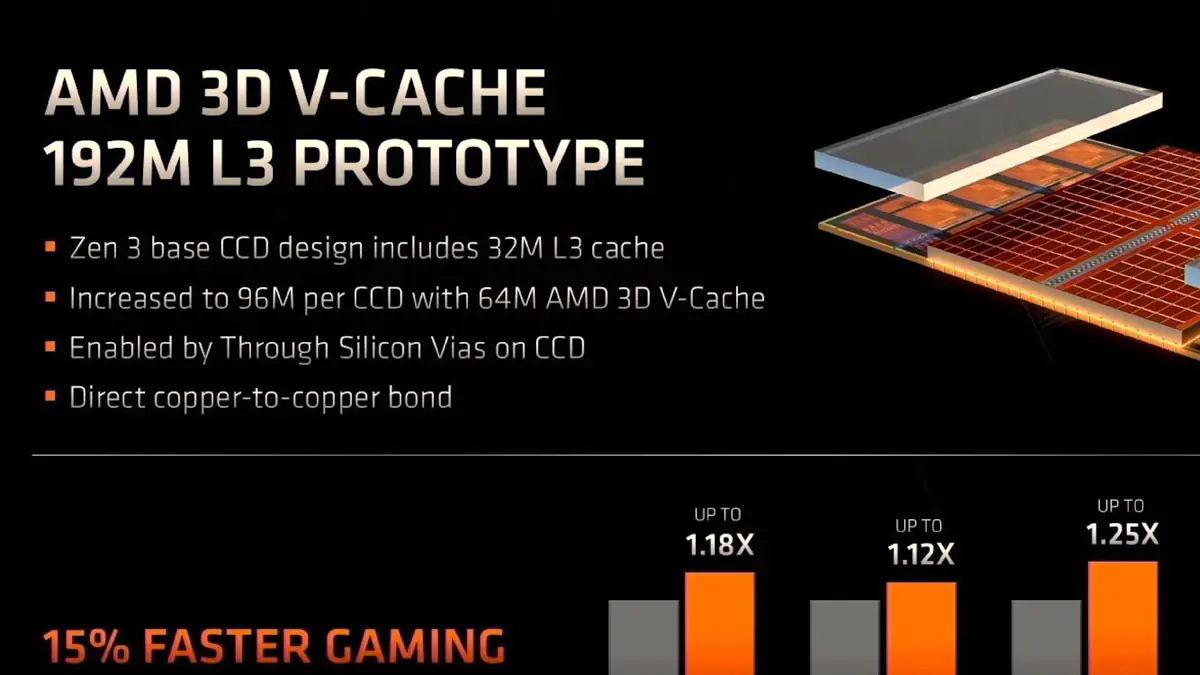
And let’s not forget about the integrated graphics, which are present in all AMD Ryzen 7000 processors, except for the models with an F suffix.
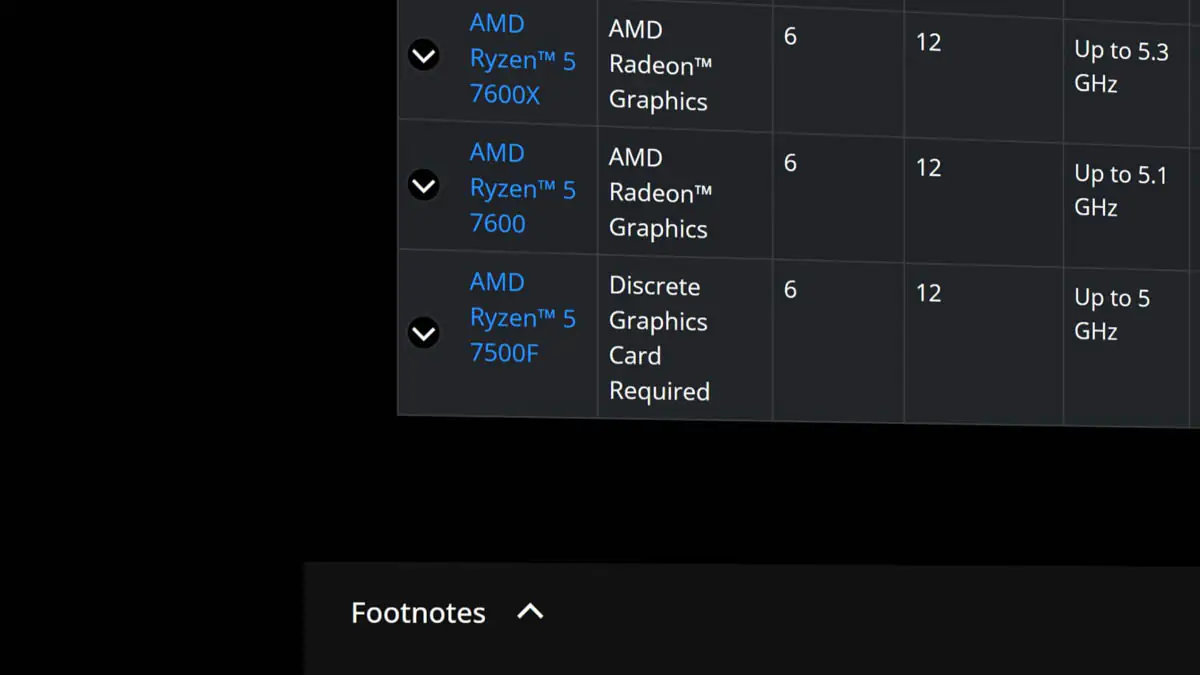
I’ve already tested the integrated graphics in the AMD Ryzen 5 7600, and I’m impressed. It’s weak enough not to compete with full-fledged APUs, but you can definitely play and work on it. It actually supports codecs better than my RTX 3080 in my laptop. You can find the full list of codecs on Wikipedia, and a review will come later.
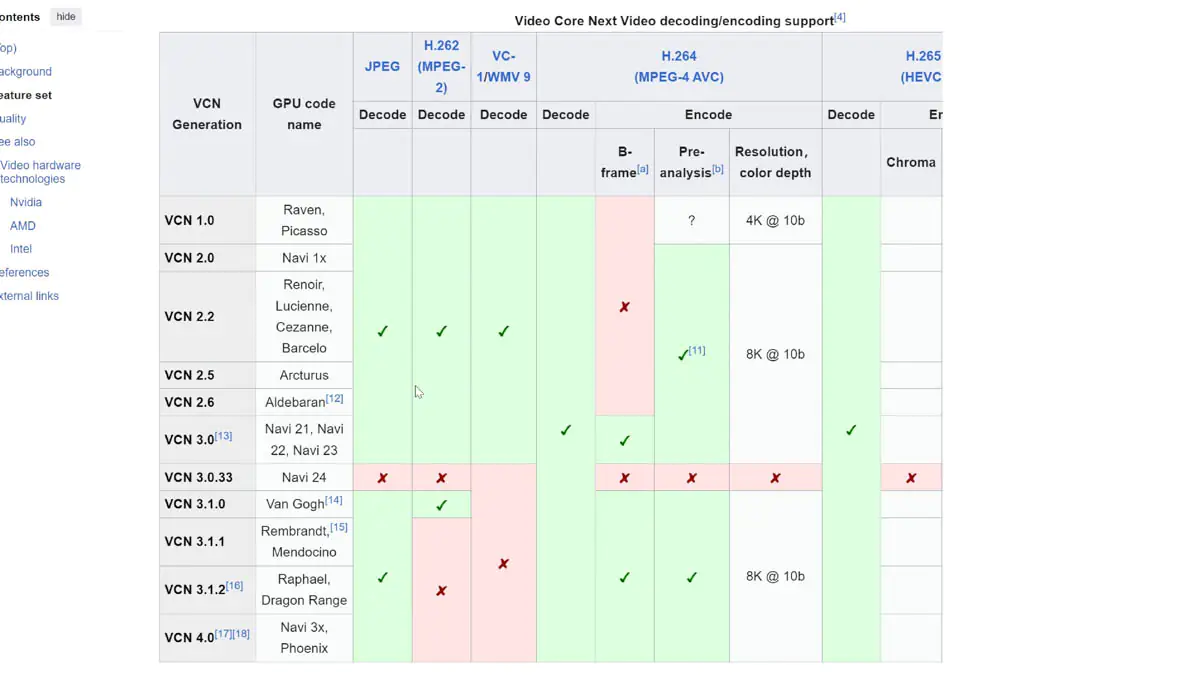
What about the future?
I’m surprised at myself, but I don’t agree that the AMD Ryzen 5 7600 will be sufficient for you in the long run. I’d say it’ll hold up for about 5-6 years. Specifically, it will last until the point when the base Ryzen 5 becomes 8-core instead of 6-core, plus an additional 4 years on top of that. For example, the once-coveted Intel Core i7-7700, with its 4 cores and 8 threads, became irrelevant in gaming around the fifth generation of AMD Ryzen—roughly a year ago.
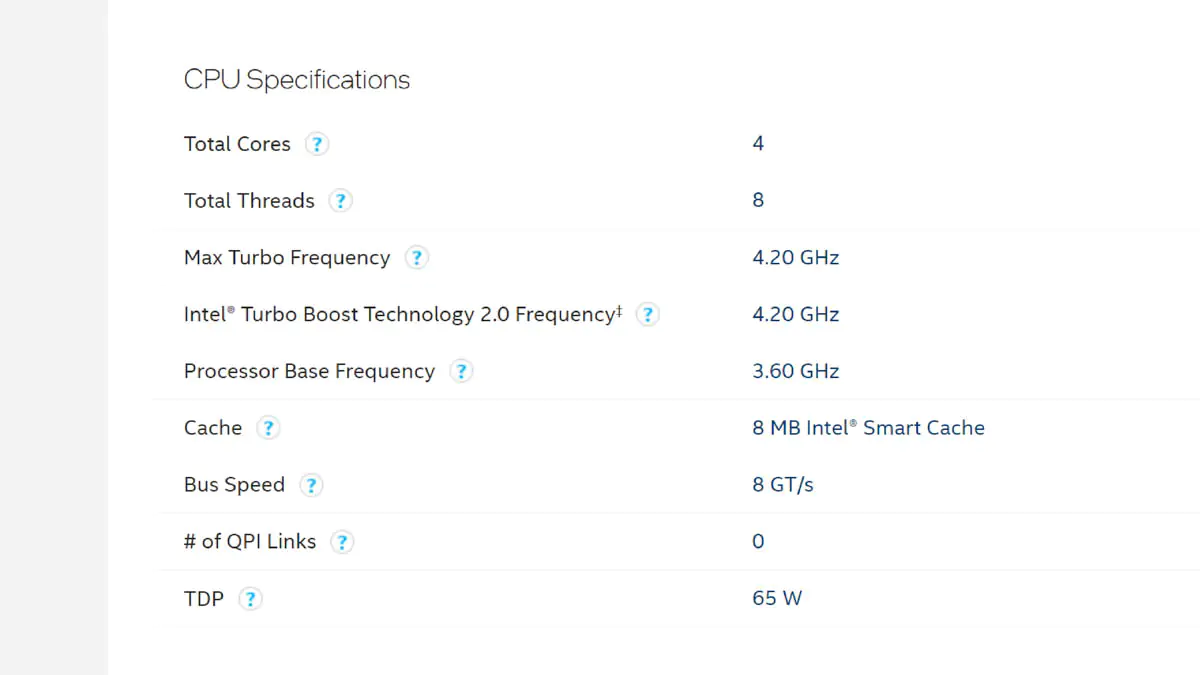
When I say that certain processors are no longer relevant in gaming, I don’t mean that they can’t run new games at all. Even S.T.A.L.K.E.R. 2 lists the Intel Core i5-7600K as a minimum requirement, and the Core i7-7700 is better. However, the i5 is just the MINIMUM system requirement. This means that you’ll likely struggle to achieve stable frame rates. “Playing with stable frame rates” and “just launching” a game are two very different things.
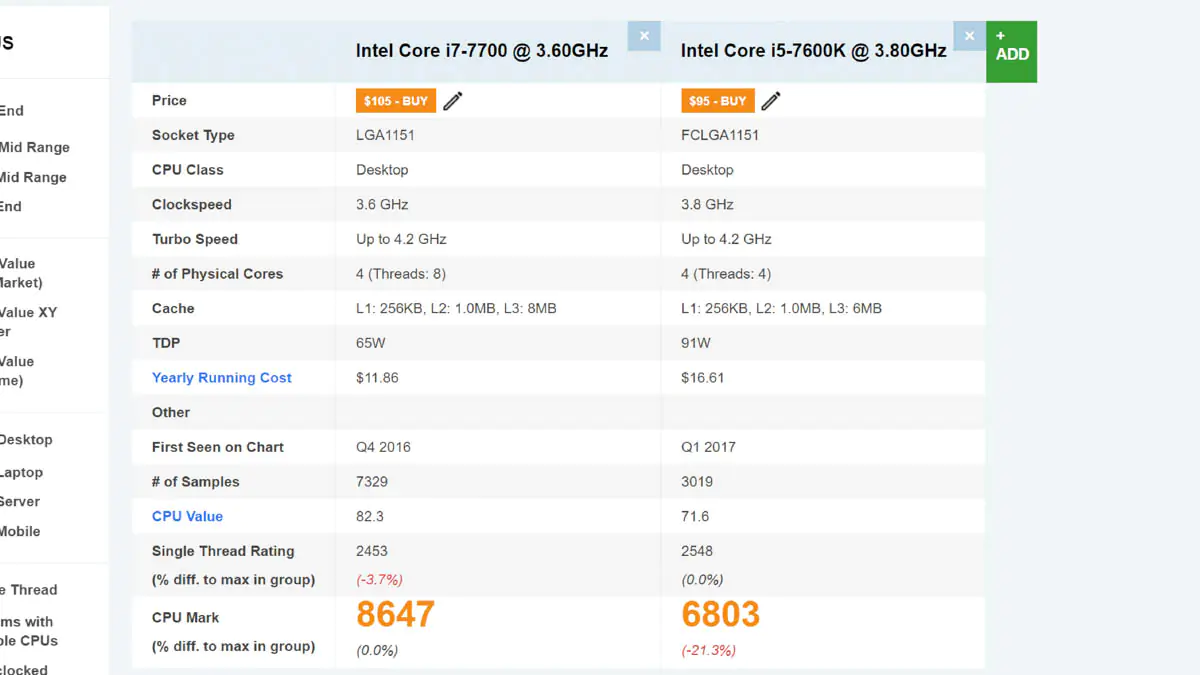
It’s also important to note that one of the minimum requirements listed is the AMD Ryzen 5 1600X, a 6-core, 12-thread processor. This could mean either that S.T.A.L.K.E.R. 2 will be optimized for both 4 powerful threads and 12 weaker ones, or that game optimization for minimum system requirements is done somewhat arbitrarily, based on benchmarks. Given that I know a bit about game optimization, which tends to favor modern processors over older ones, the second option seems much more likely.
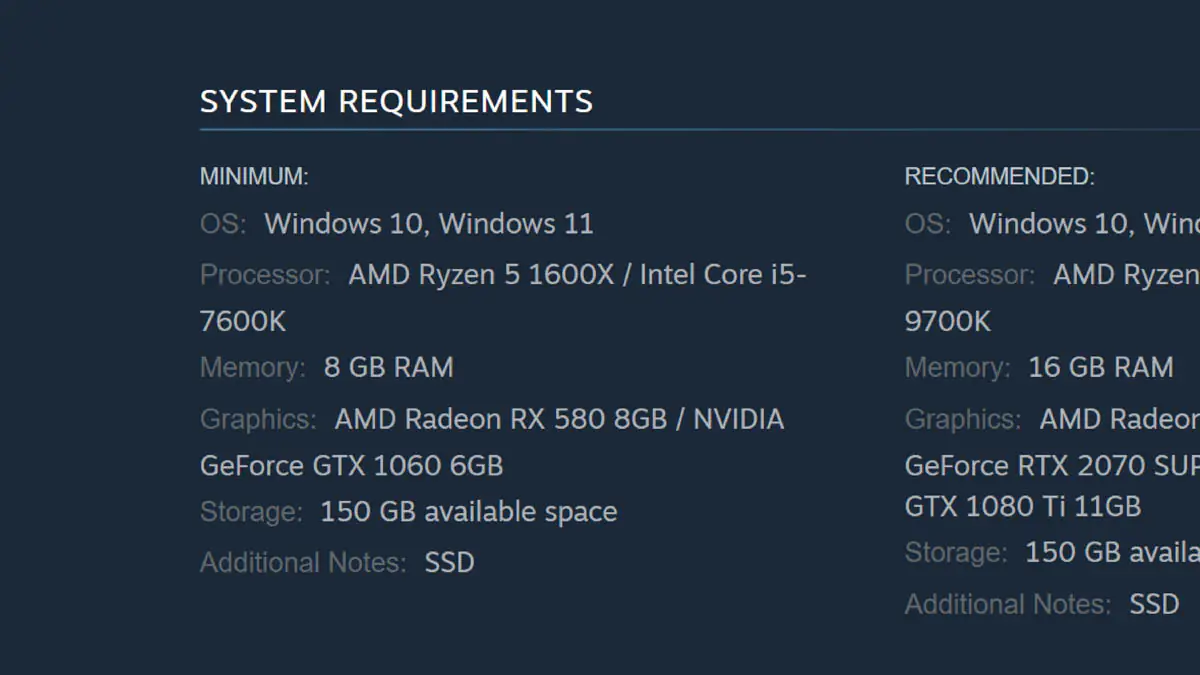
What I’m getting at is this: just as the Radeon RX 580 can no longer run some modern games due to a lack of Mesh Shader support, certain older processors are becoming inadequate for handling games because they don’t have enough threads. This means there won’t be proper optimization for those processors.
For the Intel Core i7-7700, 6700, 5700, and all other 4-core, 8-thread processors, as well as their lower-end models, the AMD Ryzen 5 1600 has been like a slow death sentence. With 12 threads entering the mainstream, it became impossible to sell a Core i5 that has 66% fewer threads. I’m a prime example of this, having switched from a Core i5-6400 to a Ryzen 5 1600X after watching a review on Linus Tech Tips. I haven’t regretted that decision for almost seven years now.
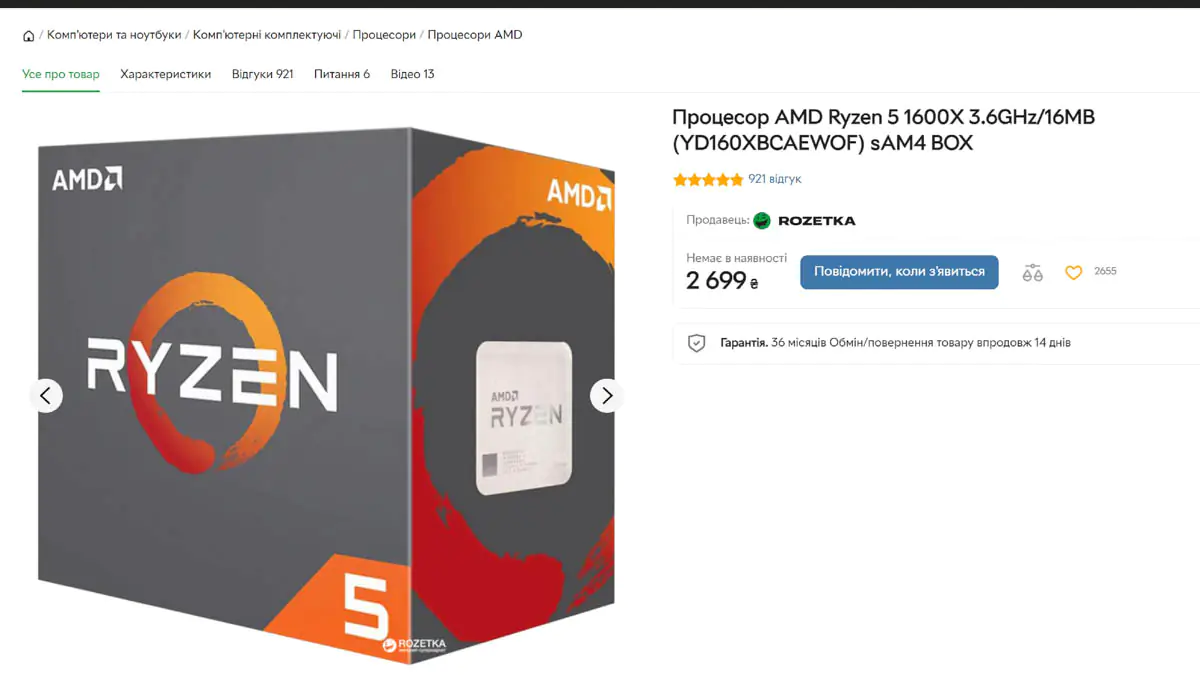
So how much more?
Now the question is: when might the AMD Ryzen 5 7600 become outdated? When will games start requiring at least 8 cores and 16 threads? For example, the PlayStation 5 already has an 8-core, 16-thread processor. Since consoles dictate the terms for multi-platform optimizations—especially for mainstream games—you can see where this is heading. Twelve threads will increasingly become a less popular choice.
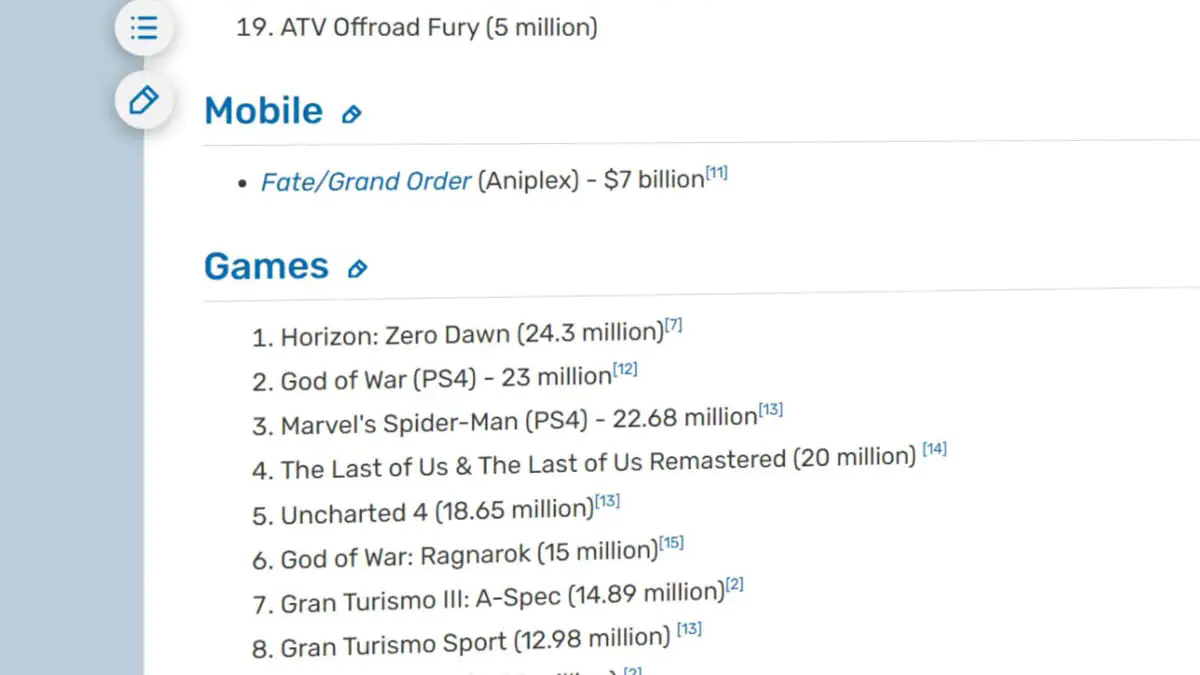
Does this mean that the AMD Ryzen 5 7600 is a bad processor? No. I chose it for a reason; I even had the option to get a 24-thread processor. But I opted for the 12-thread version. Why? Because I still have 3 to 4 years before needing an upgrade. In two years, I could buy an AMD Ryzen 9 with 12 threads from ArtLine, possibly even an X3D version.
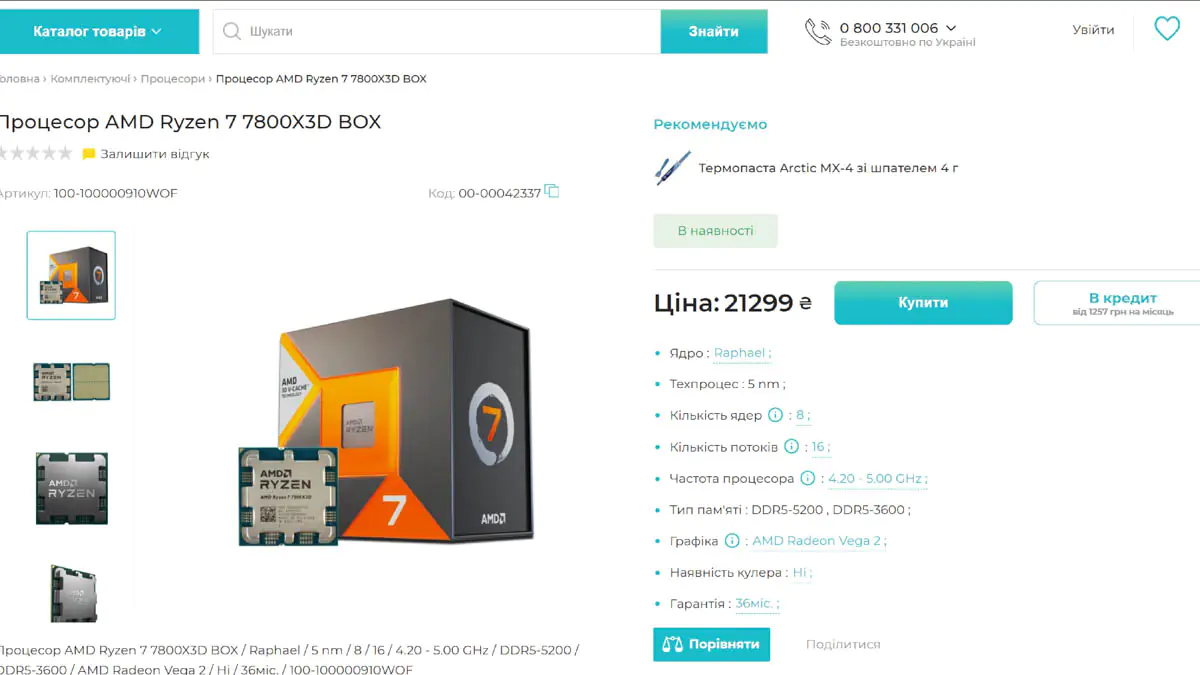
But what’s it really like?
The truth is that a 6-core processor with multithreading should be sufficient for everything except virtualization or rendering 3D engines that specifically require the CPU rather than the GPU.
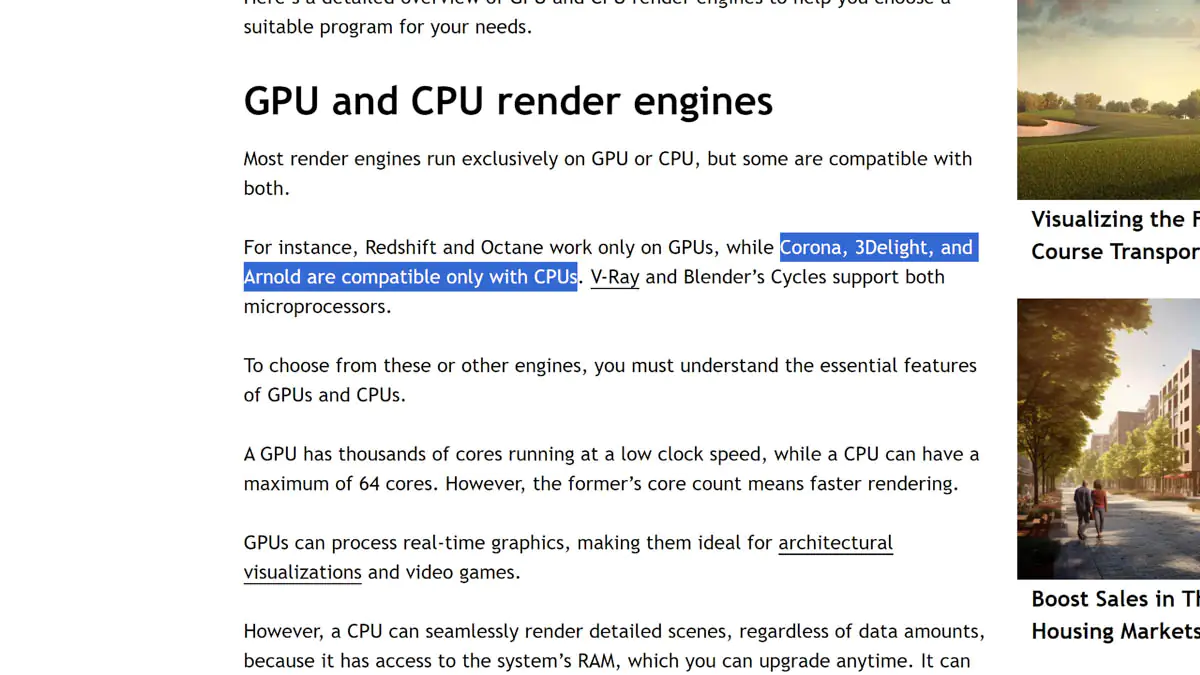
If you disagree with me about the timeline for the decline of 6-core processors, let me ask you this: Where have the Athlons gone? What happened to the A series? And what about Ryzen 3? The last Ryzen 3 was released about three years ago; it was an OEM model, the 4100, based on the Renoir-X architecture, without integrated graphics. It had 8 threads, similar to a seven-year-old Core i7. I wouldn’t recommend it either.
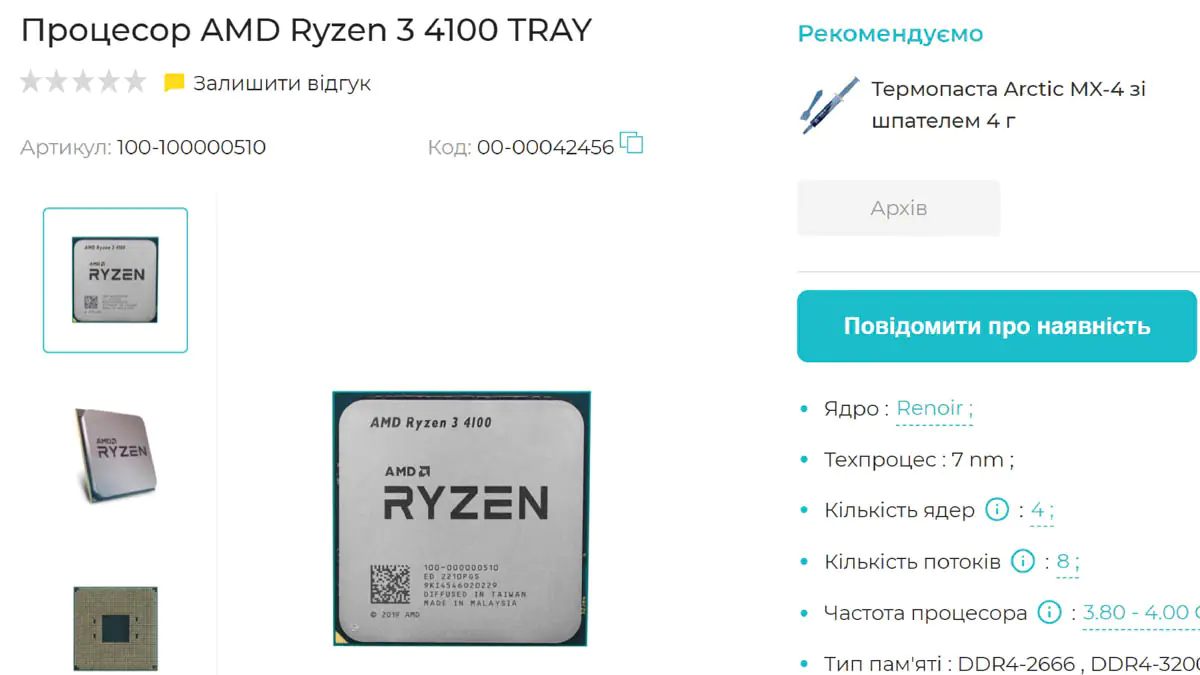
Conclusions
It’s a great processor: affordable, with a decent integrated GPU for basic gaming. It’s budget-friendly, cool, and consumes little power (65W). There are better processors out there, but there are also worse ones, like those with the F index. I don’t recommend the inferior ones for custom builds, and I explained why. So yes, the AMD Ryzen 5 7600 might not last you 5-6 years, but it should be good for 3-4 years. Considering the price and the promising platform, it definitely earns my recommendation.
Read also:
- Review of ASUS Vivobook S 15 S5507 with Snapdragon X: Powerful, Quiet, and Long-Lasting
- Cougar Duoface Pro RGB Computer Case Review
- be quiet! Dark Rock 5 Cooler Review: Most Modest Flagship

